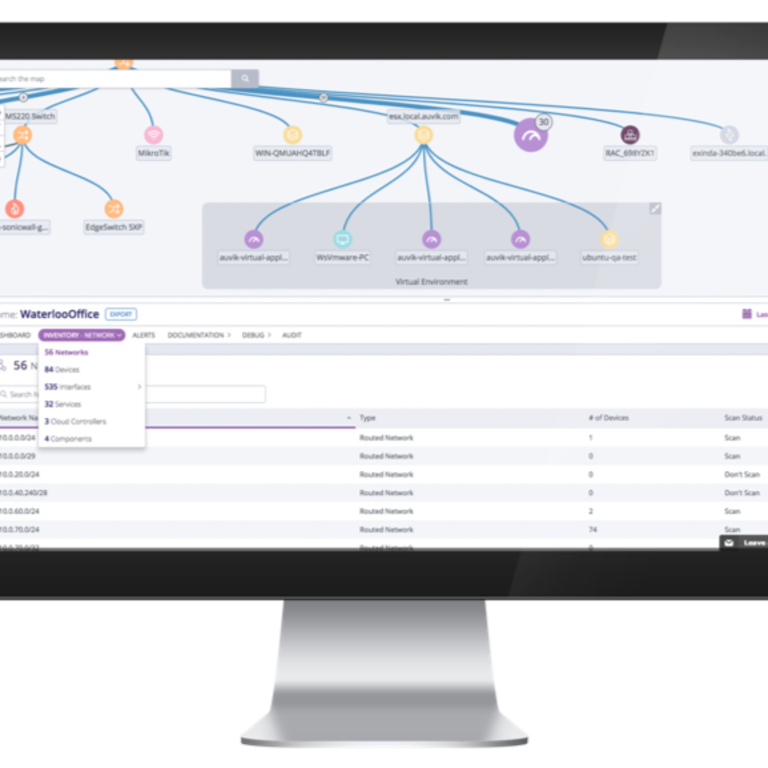July 29, 2020
Thinking about bringing employees back to work? Here are some back to the office tips.

So much of our world has changed due to COVID-19. And as organizations have been forced into rapid “digital transformation mode” over the last few months, some have realized they didn’t need to rely so much on their brick-and-mortar infrastructures, some realized just how important business continuity plans are, and some have even realized that they must accelerate their migration to hybrid cloud. What has your business learned about itself?
As we start our return to the physical office, we believe that organizations should use this time as an opportunity to reflect and better understand how they can evolve to prepare for whatever the future may hold. Whether your company is already bringing some people back into the office or you’re just starting to plan for the physical return to work, we wanted to provide a few tips and best practices.
Have a strong, documented return-to-work plan: We probably don’t have to tell you this, but it’s critical to ensure your workplace is prepared for employees to have a safe and successful return. Plans will vary from business to business, but some of the important components to consider are:
Implement a phased approach that includes staggered start times or dividing employees into groups.
Provide employees with resources for mental health support to get through this difficult time.
Practice safe cleaning routines and make cleaning supplies easily available to your workforce.
Set up your office to accommodate safe distance between employees and office visitors.
Establish standards for temperature screenings, mask requirements, and social distancing guidelines.
Create a coordinated communication plan for updates and alerts as the pandemic evolves.
Perform security checks on users and their devices: Your employees have been working remotely for quite some time, and many of them weren’t working in an environment with the same security technology and controls as they had in the office – especially if your business continuity plan didn’t include provisions for a global pandemic. Some of the things you should be doing before and during the return include:
Perform a manual anti-virus check to ensure proper functionality and signatures are up-to-date.
Make sure patching and endpoint software is completely up-to-date on employee devices.
Audit employee devices to see if there have been unauthorized apps or users added.
Perform a vulnerability scan to find security gaps that have been created by long-term remote work.
Look for personal-grade apps and services that employees might have been using to avoid “shadow IT.”
Evaluate, evaluate, evaluate: Nothing is ever perfectly done the first time, and that’s especially true with both process and technology. It’s important to take a look at how your return to work is going, and take time to review your business continuity plan so you can be better prepared for a world-shaking event like COVID-19 in the future:
Create a COVID-19 team that’s responsible for documenting data and feedback from your teams.
Review your business continuity plan to see where you fell short in the first few months.
Ask employees about the challenges they had when working from home to see how you can do better.
Identify areas in which you can improve in any situation you experienced during the pandemic.
Have questions or want more insight into any of our tips? Drop us a line.
At FoxNet, we’re proud of how we’ve been able to help our customers remain agile and continue operating their business in the face of a global pandemic. If you’d like to learn more about the NetApp cloud solutions and managed services that have made this possible, get in contact with us today.



